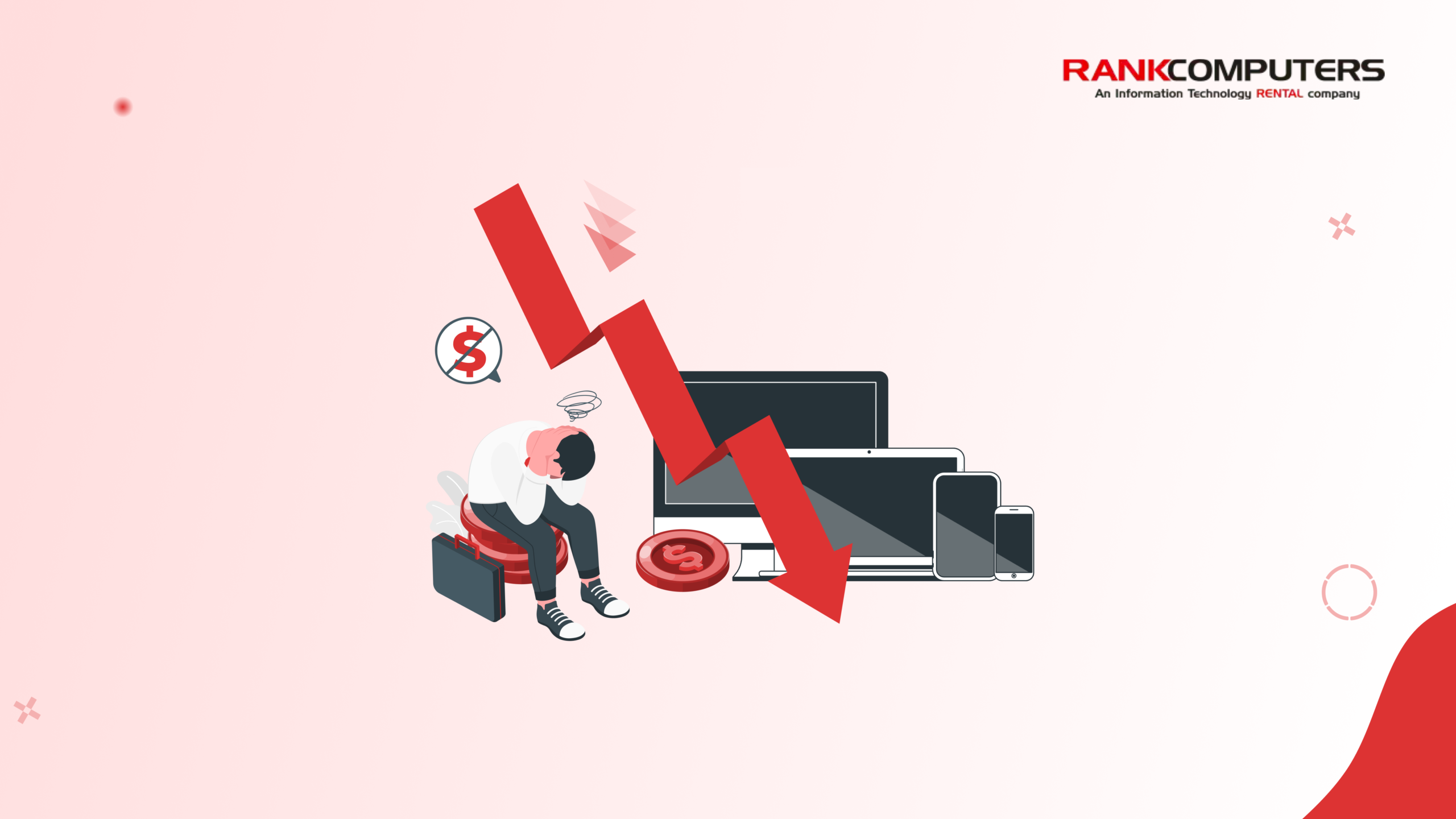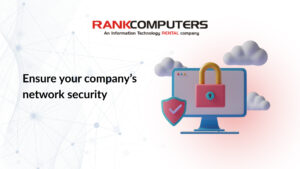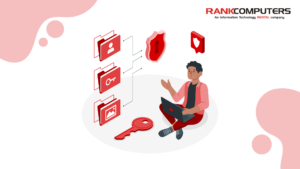With the new year here, it’s time to plan a practical and efficient IT budget for your company.
Given the continuous evolution in technology, there’s an observable increase in IT budgets across the board.
📌 Over 66% of companies are planning on increasing their IT budget in 2024.
However, within nearly every IT budget, leaks often exist, hindering companies from fully leveraging their resources to the maximum potential.
💡 IT budget leaks refer to unnecessary expenses that can significantly contribute to a company’s IT expenditure without providing corresponding value.
Consider printing as an example. Despite the digital era making it easy to go paperless, the widespread use of printers often leads to avoidable expenses related to paper and ink.
However, not all leaks are as apparent as the printing issue. This blog aims to assist you in identifying hidden leaks within your IT infrastructure that might be silently impacting your company’s financial efficiency.
Make your software purchases smarter
Explore the market for better deals
Your company might be using a lot of tools for its operations, finance, marketing and a lot more. The cost of purchasing all of these tools might add up to be higher than necessary.
There are several platforms that help small to medium businesses save up on software expenditure by offering these tools at discounted prices and often with lifetime deals. StackSocial, Pitchground and AppSumo are some options that you can explore.
Keep an eye on usage and renewal
Which software are you using and auto-renewing regularly? How much have you committed to it, monthly or yearly?
📌 In a monthly commitment, you often end up spending as much as 20% more in a 12-month duration, as Microsoft’s New Commerce Experience calculates.
Assess the needs of your company in the near and the distant future and choose plans accordingly. There might be a subscription that you no longer require or one that has a better, more affordable alternative, switching to which would prevent unnecessary expenditure.
Don’t overpay for your internet bandwidth
A high-bandwidth connection enables faster data transfer.
On average, businesses require a minimum of 25 Mbps download speed and 3 Mbps upload speed for smoothly carrying out day-to-day tasks.
It might be the case that your company is paying for a higher-than-required bandwidth. This points to cost inefficiency and adds a competitive disadvantage.
You can take proactive steps to remedy this.
Look at the industry benchmarks for internet service costs when evaluating your company’s current internet usage patterns and bandwidth requirements. This can be done using a number of available network monitoring tools.
It is a good idea to compare the costs of your existing plan with the alternative ones offered by providers in your area. Explore other plans by getting quotes and comparing speed, reliability and cost. Once you have a clear idea of your company’s internet bandwidth requirements, go for a contract that adequately serves your interests, no more and no less.
Optimise your IT equipment costs
Consider upgrading to save energy costs
It shouldn’t be surprising that new computers are, on average, more energy efficient than older ones.
📌 Did you know that an old computer consumes considerably more watts per hour of use than what is used by modern computers?
This disparity in energy consumption is because of the use of less efficient computer components and a lack of power management features. Switching to newer equipment improves performance with increased functionality and reduces your electricity bill.
Identify which equipment is best suited for your needs
An analysis of your company’s requirements is important to ensure that the equipment you have is the most suitable equipment for your company’s needs. It helps address the hidden reduced efficacy leak and unnecessary replacement costs in the future.
Take laptops and desktops, for instance. Some companies get more utility from desktops than they do from laptops, while others do not. Laptops are better suited for businesses that prioritise mobility, flexibility and portability. On the other hand, desktops are a better option for companies that require raw power, solid performance, and customised workspace.
Identify your company’s priorities and make a decision accordingly.
Consider renting equipment
Your company spends a good amount of its IT budget on its hardware requirements.
📌 Hardware made up the most significant spend in the 2021 IT budget, with a share of 31% of the total allocated amount.
Purchasing IT equipment not only requires huge upfront capital expenditure but also comes with hidden costs of ownership of the equipment. However, this expenditure is avoidable.
You can choose to rent IT equipment instead of buying it. Apart from saving on upfront capital expenditure, it would reduce leakages in your budget as a lot of otherwise unforeseen expenditures, like maintenance and repair costs, mandatory responsible disposal costs, obsolescence risk, and significant upfront capital expenditures, would be the responsibility of the renting company.
You’d have predictable monthly expenditure, access to the latest technology, quick deployment of IT equipment, and optimised IT budget with fewer leaks and increased productivity!



